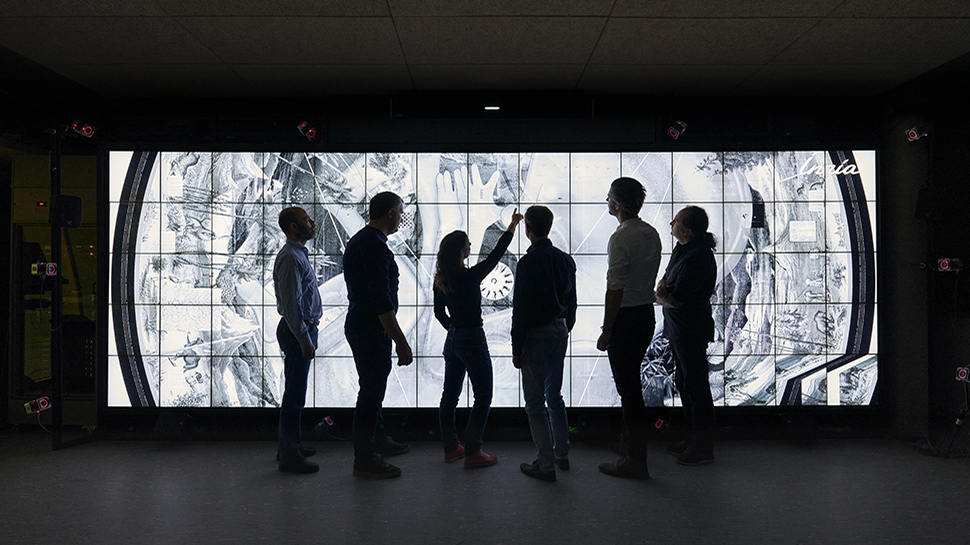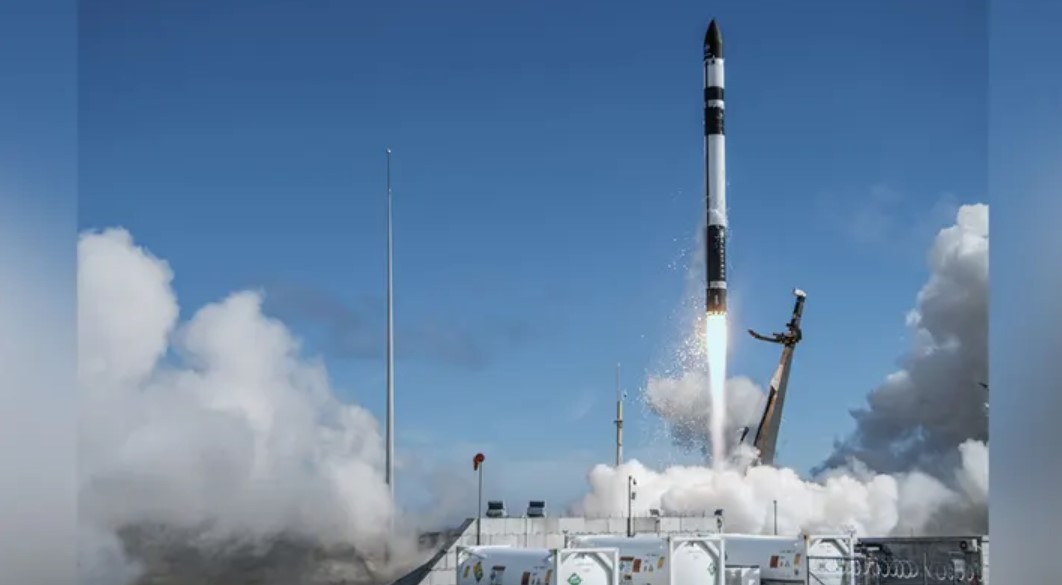[ad_1]
On Tuesday, The White House published a policy memo directing NASA to create a new time standard for the Moon by 2026. Coordinated Lunar Time (LTC) will establish an official time reference to help guide future lunar missions. It arrives as a 21st-century space race emerges between (at least) the US, China, Japan, India and Russia.
The memo directs NASA to work with the Departments of Commerce, Defense, State, and Transportation to plan a strategy to put LTC into practice by December 31, 2026. International cooperation will also play a role, especially with signees of the Artemis Accords. Established in 2020, they’re a set of common principles between a growing list of (currently) 37 countries that govern space exploration and operating principles. China and Russia are not part of that group.
“As NASA, private companies, and space agencies around the world launch missions to the Moon, Mars, and beyond, it’s important that we establish celestial time standards for safety and accuracy,” OSTP Deputy Director for National Security Steve Welby wrote in a White House press release. “A consistent definition of time among operators in space is critical to successful space situational awareness capabilities, navigation, and communications, all of which are foundational to enable interoperability across the U.S. government and with international partners.”
Einstein’s theories of relativity dictate that time changes relative to speed and gravity. Given the Moon’s weaker gravity (and movement differences between it and Earth), time moves slightly faster there. So an Earth-based clock on the lunar surface would appear to gain an average of 58.7 microseconds per Earth day. As the US and other countries plan Moon missions to research, explore and (eventually) build bases for permanent residence, using a single standard will help them synchronize technology and missions requiring precise timing.
“The same clock that we have on Earth would move at a different rate on the moon,” NASA space communications and navigation chief Kevin Coggins told Reuters. “Think of the atomic clocks at the U.S. Naval Observatory (in Washington). They’re the heartbeat of the nation, synchronizing everything. You’re going to want a heartbeat on the moon.”
The White House wants LTC to coordinate with Coordinated Universal Time (UTC), the standard by which all of Earth’s time zones are measured. Its memo says it wants the new time zone to enable accurate navigation and scientific endeavors. It also wants LTC to maintain resilience if it loses contact with Earth while providing scalability for space environments “beyond the Earth-Moon system.”
NASA’s Artemis program aims to send crewed missions back to the Moon for the first time since the Apollo missions of the 1960s and 70s. The space agency said in January that Artemis 2, which will fly around the Moon with four people onboard, is now set for a September 2025 launch. Artemis 3, which plans to put humans back on the Moon’s surface, is now scheduled for 2026.
In addition to the US, China aims to put astronauts on the Moon before 2030 as the world’s two foremost global superpowers take their race to space. Although no other countries have announced crewed missions to the lunar surface, India (which put a module and rover on the Moon’s South Pole last year), Russia (its mission around the same time didn’t go so well), the United Arab Emirates, Japan, South Korea and private companies have all demonstrated lunar ambitions in recent years.
In addition to enabling further scientific exploration, technological establishment and resource mining, the Moon could serve as a critical stop on the way to Mars. It could test technologies and provide fuel and supply needs for eventual human missions to the Red Planet.
[ad_2]
Source Article Link



